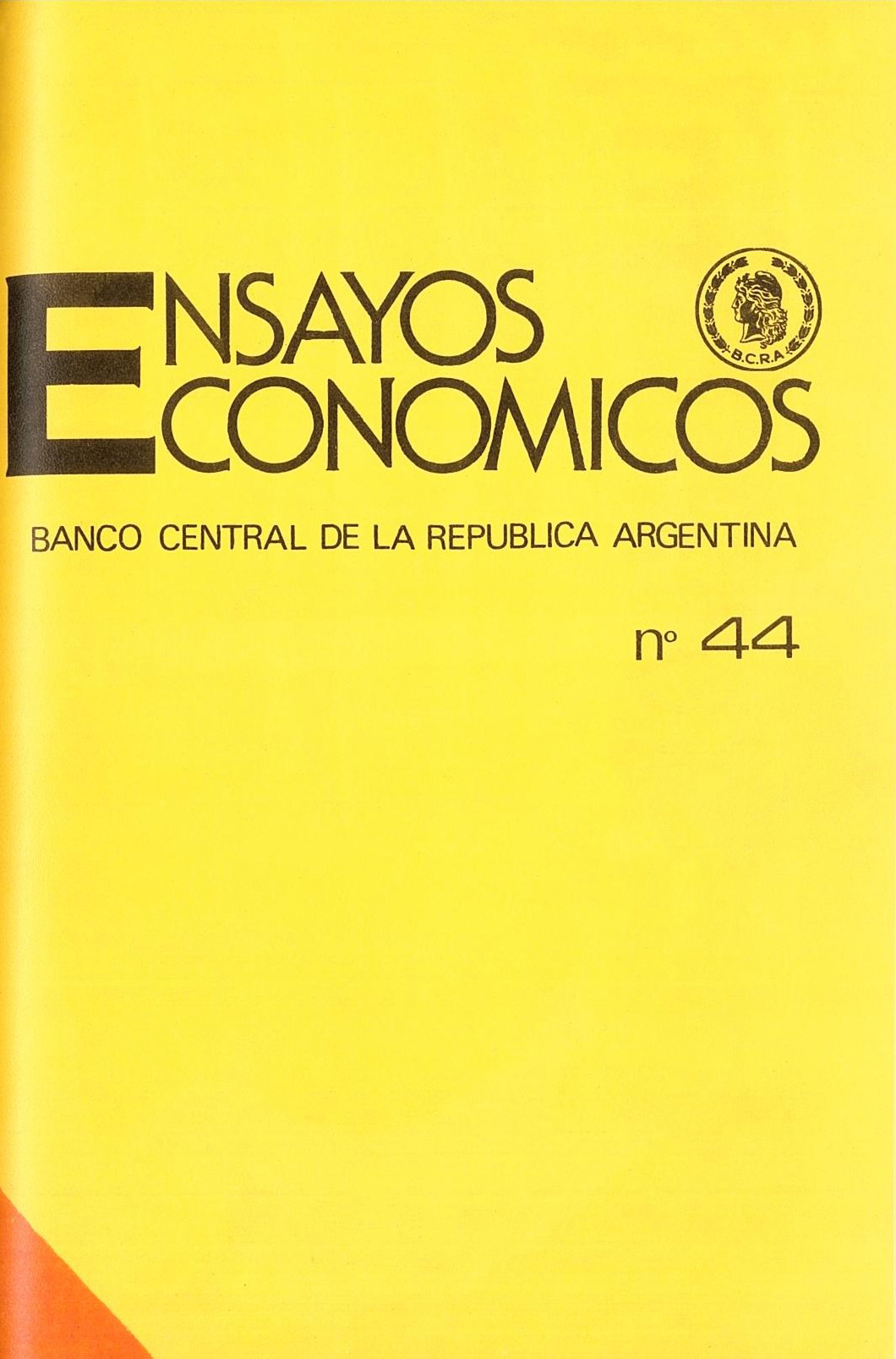The Argentine banking crisis of 1980
Keywords:
1980 Crisis, Argentina, Banking Crisis, Banks, Financial SystemAbstract
In March 1980, the bankruptcy of the Regional Exchange Bank (BIR), one of the largest private banks in Argentina, occurred. A few days later, three other large banks had to be intervened, two of them subsequently being liquidated. This is how a serious crisis in the Argentine financial system began and resulted in the liquidation of 71 financial institutions between 1980 and 1982, a restructuring process that has not yet ended and that has caused far-reaching modifications not only in the financial system but also in economic policies. Several authors have analyzed these events, but most have focused primarily on general macroeconomic aspects while some have dealt with partial aspects of the functioning of the Argentine financial sector in the crisis context. The purpose of this article is to integrate these two sets of analyzes and focus more closely on the financial sector, emphasizing the regulatory aspects that previous studies have largely ignored. The research strategy followed reflects the concept that an adequate analysis of the Argentine financial crisis has to exceed the scope of the financial system, because a fundamental cause of this process was the deterioration of the system's loan portfolio, that was partially due to changes in the economic context and its impact on the situation of companies.
JEL classification: G01 ; G21




